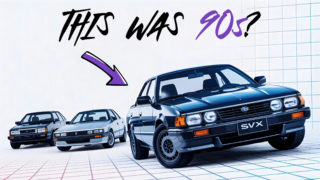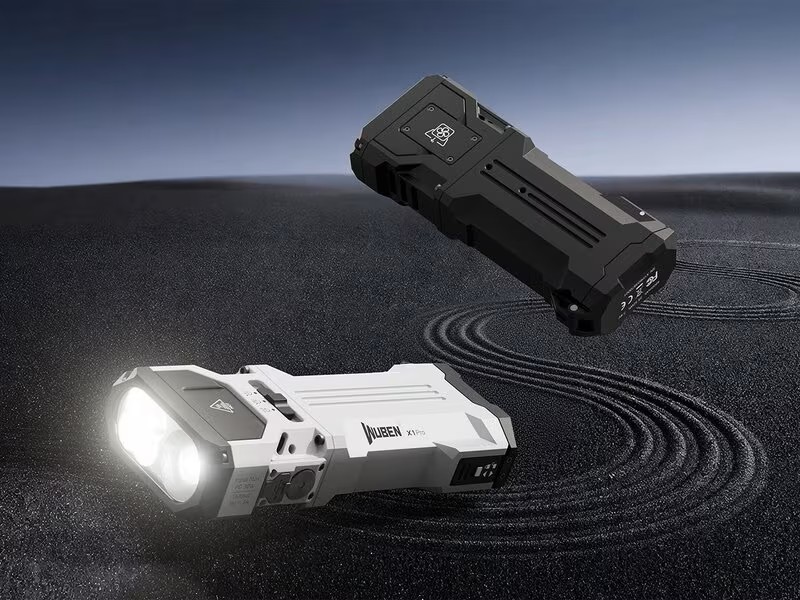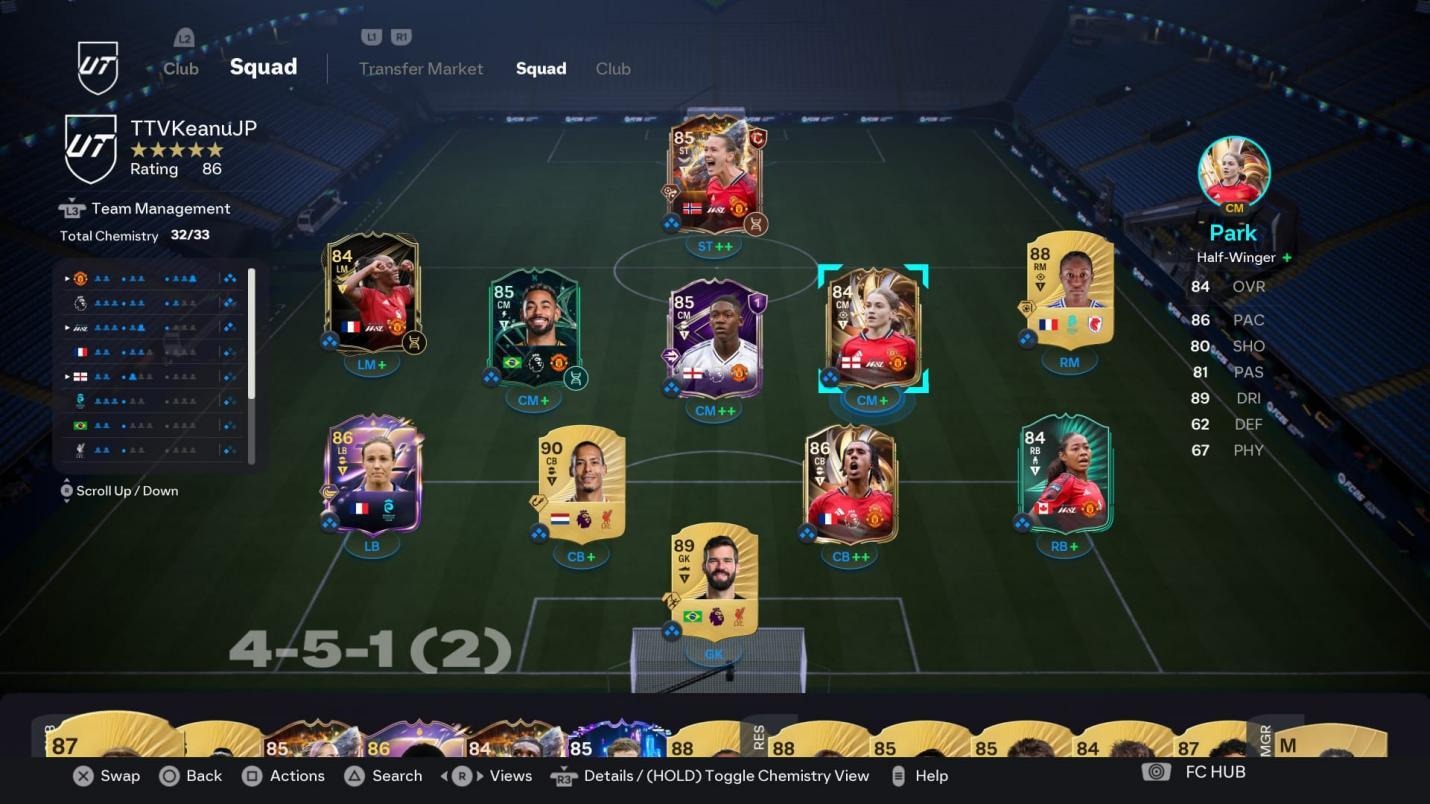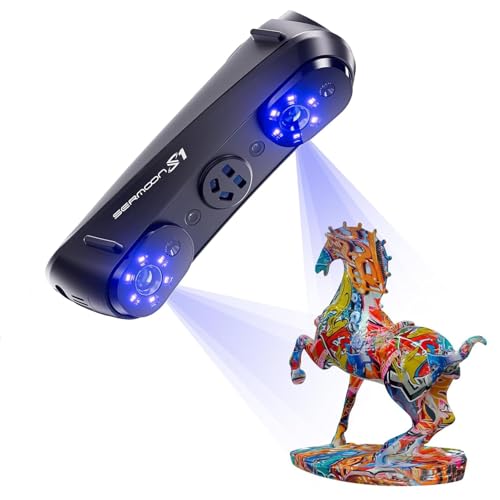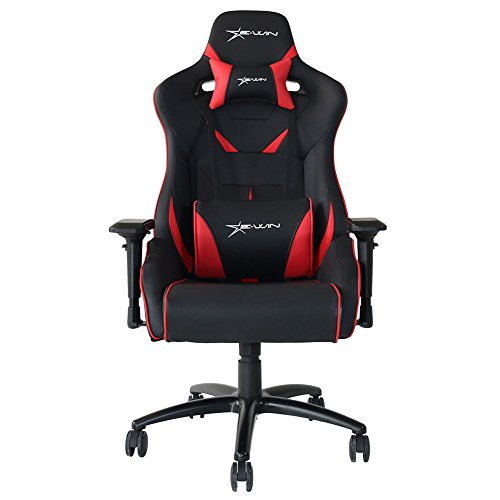From humble beginnings crafting playing cards, Nintendo transformed into gaming’s most iconic brand through equal parts innovation and spectacular failure. Their journey reads like Silicon Valley startup mythology meets Japanese corporate drama—complete with betrayals that birthed rivals, technologies that literally caused headaches, and pricing decisions that required public apologies.
The company’s willingness to take massive risks separated them from cautious competitors, even when those gambles spectacularly backfired. Yet each misstep carved deeper wisdom into their corporate DNA, teaching lessons that would reshape the entire gaming industry.
10. 3DS Launch Price

Overconfidence derailed the revolutionary handheld’s market debut spectacularly when they priced the glasses-free 3D device at $249.99, matching premium smartphones minus actual phone capabilities. The technology seemed groundbreaking on paper until market reality struck like lightning during a clear summer day.
The company moved merely 710,000 units globally between April and June 2011, causing stock prices to crater while management desperately slashed costs from $250 to $170 within six months. Satoru Iwata apologized publicly, offering 20 free games as digital compensation after this unprecedented corporate humiliation. Swift damage control rescued the struggling platform as 75.94 million lifetime sales eventually proved adaptability beats stubborn corporate pride every time.
9. Neglecting Franchises
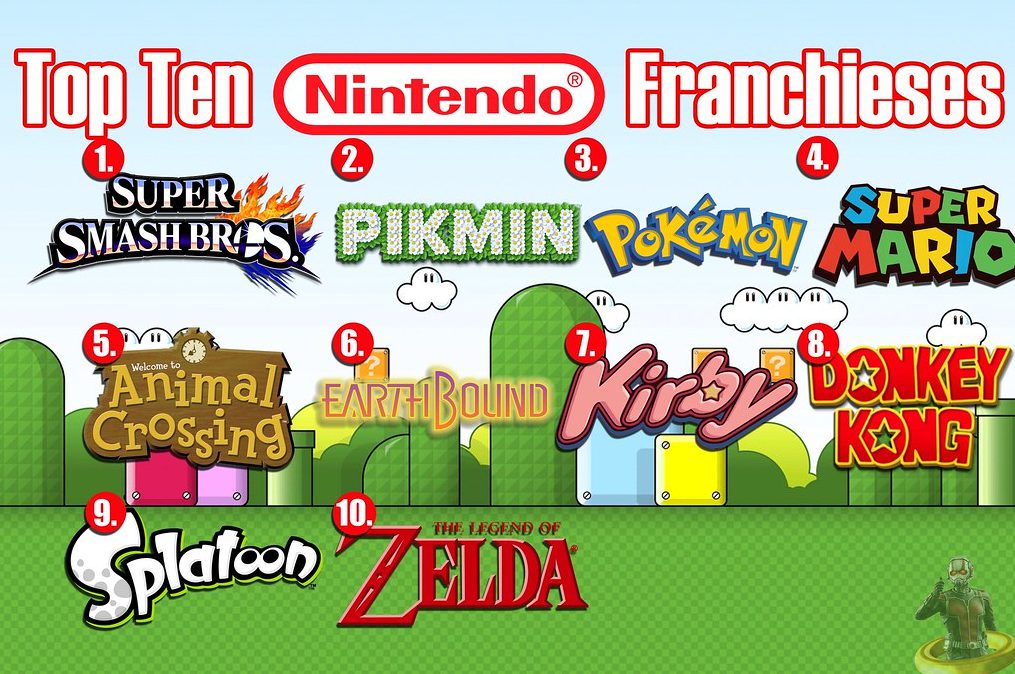
Patient fans measure their favorite series’ silence in decades, not mere years, as F-Zero racers haven’t competed since 2003 Japan release (2004 internationally). Those newborns now drink legally in bars worldwide while Star Fox Zero crash-landed October 2016, permanently grounding ace pilots in digital hangars.
Forum warriors desperately conjure sequel theories, and social campaigns echo endlessly across platforms as Mother devotees maintain virtual shrines to their April 2006 finale, Mother 3. Metroid Dread’s October 8, 2021 resurrection explosively demonstrated dormant franchises retain volcanic potential despite years of silence. Each hibernating series represents millions in squandered revenue alongside diminishing cultural relevance and fading generational memories.
8. Online Functionality
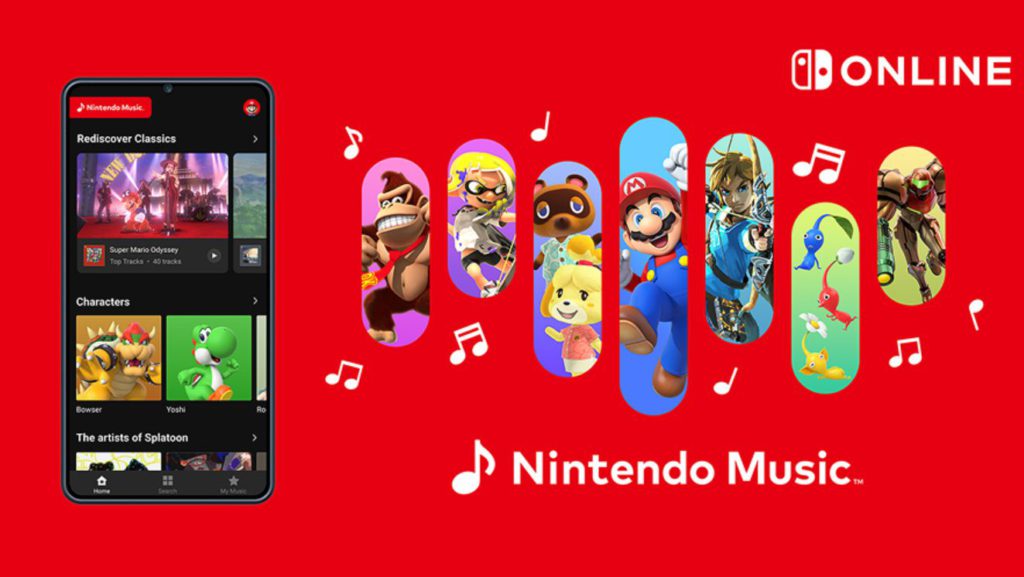
Digital infrastructure remains the gaming giant’s most glaring Achilles heel as friend codes persist like telegraph systems surviving in our smartphone society. Major competitors constructed seamless social networks, but the Japanese company assembled digital obstacle courses requiring unnecessary user gymnastics instead.
Voice communication demands the Nintendo Switch Online smartphone app—a solution more convoluted than assembling IKEA furniture blindfolded while basic infrastructure creaks under modern gaming demands constantly. Millions subscribe to Switch Online yet receive dial-up quality experiences whereas rivals deliver consistent broadband performance throughout their networks. Building thriving multiplayer communities requires foundations stronger than corporate duct tape and wishful thinking.
7. Attacking Content Creators

Passionate communities naturally amplify beloved brands—unless Nintendo’s legal team gets involved first with their hawk-like precision hunting field mice. Corporate lawyers trigger immediate action: Fan games receive cease-and-desist orders. Music channels get copyright strikes. ROM streamers face expensive litigation threats.
SEGA celebrates community creations enthusiastically and Bethesda literally turns programming bugs into beloved gameplay features, but the Mario maker deploys scorched-earth legal tactics instead. But Nintendo’s lawyers generate constant takedown notices and hard-earned loyalty evaporates, building massive graveyards from fan projects. Aggressive copyright enforcement transforms unpaid brand ambassadors into bitter online critics overnight.
6. Live-Action Mario Movie (1993)

Hollywood’s inaugural gaming adaptation became a legendary cinematic disaster when directors Morton and Jankel completely reimagined Mushroom Kingdom as a dystopian cyberpunk nightmare. Bob Hoskins publicly labeled the chaotic production his absolute career nadir—financial numbers validated his brutal assessment completely.
The bloated budget consumed $48 million and domestic returns barely reached $20.9 million total as professional critics delivered absolutely merciless verdicts. Confused audiences fled theaters and management avoided live-action adaptations for three full decades afterward. Illumination’s 2023 animation finally rehabilitated Mario’s damaged cinematic reputation successfully, proving creative oversight ultimately proves infinitely more valuable than quick licensing profits.
5. Letting Microsoft Buy Rare

Championship development talent joining direct competitors represents sports’ unforgivable cardinal sin, yet Nintendo watched passively as Rare departed. These developers previously crafted crown jewels brilliantly: Donkey Kong Country, revolutionary GoldenEye 007, and innovative Perfect Dark before Microsoft’s September 24, 2002 acquisition cost $375 million.
Tim Stamper expressed genuine bewilderment regarding his former partner’s puzzling indifference when a single contract signature could’ve permanently retained Banjo-Kazooie’s creators. GameCube struggled desperately without Rare’s consistent innovation and Xbox gained instant industry credibility from the acquisition. Penny-pinching studio investment decisions created devastating content famines throughout the entire GameCube generation.
4. Sticking with Cartridges (N64)
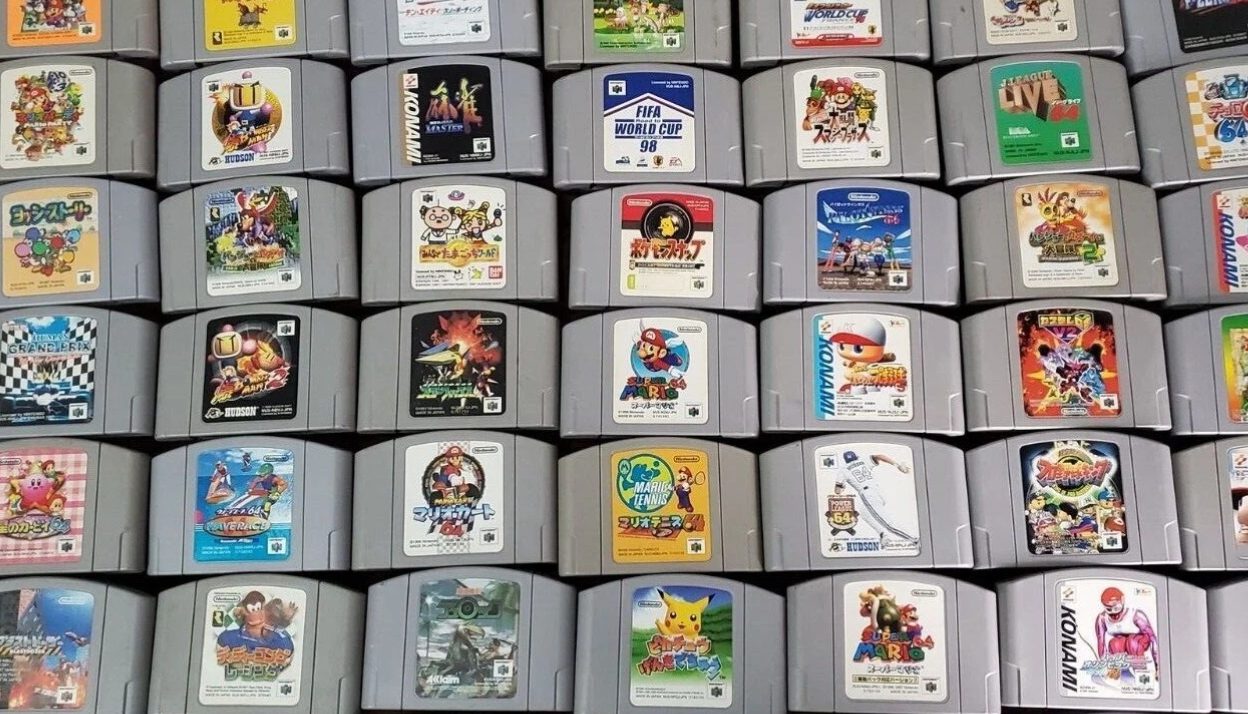
Format wars ultimately determined console destinies as stubborn executives miscalculated badly when choosing between storage mediums. Industry competitors universally adopted 650MB CD capacity but N64 cartridges peaked at 64MB—essentially choosing thimbles over buckets for game developers. Loading screens disappeared alongside crucial third-party enthusiasm and support.
Production expenses inflated $10-15 beyond standard CD manufacturing costs significantly, forcing Square to immediately relocate Final Fantasy VII following severe space constraints. Limited storage capacity crippled ambitious narrative possibilities and anti-piracy benefits meant absolutely nothing. PlayStation achieved 102.49 million installations; N64 reached 32.93 million globally as talented developers abandoned ship seeking greater creative liberty.
3. Wii U Marketing
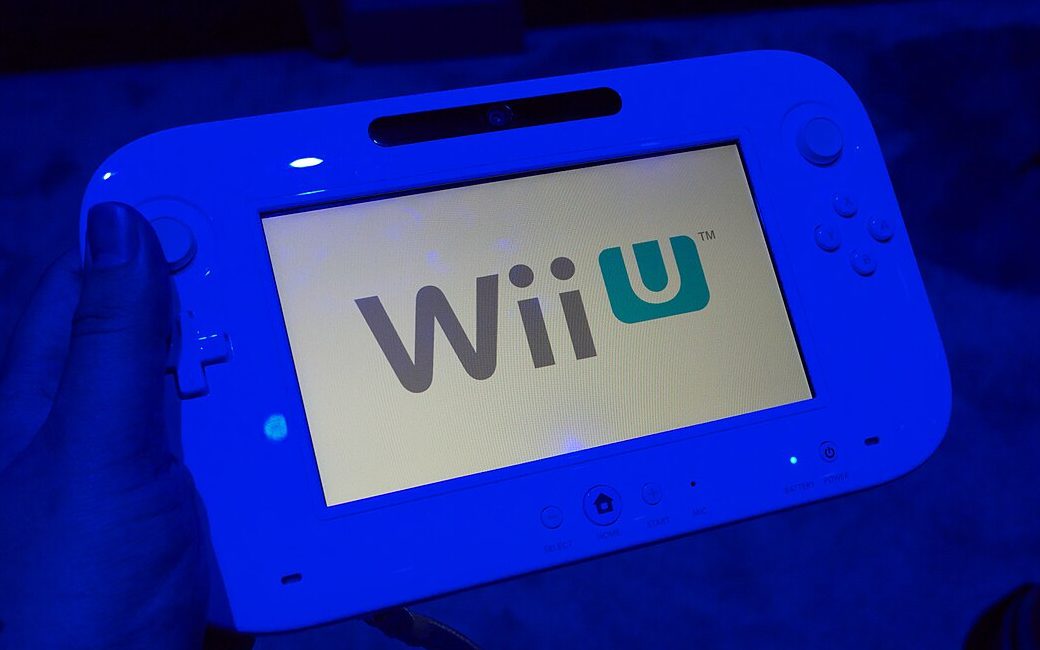
Product reveals shouldn’t generate mass consumer confusion, yet E3 2011 proved otherwise when company representatives presented mysterious hardware nobody could properly comprehend. Was it a new gaming console, fancy controller upgrade, or premium Wii accessory? Marketing uncertainty infected consumer confidence immediately and financial markets responded with predictable negativity.
Major publishers abandoned the confusing platform rapidly as triple-A titles consistently avoided association with the unclear product. Desperate pricing adjustments dropped $299 to $249 within twelve months unsuccessfully but final results spoke devastatingly clearly. The system achieved 13.56 million sales compared against Wii’s 101.63 million success, proving product identification failures invariably guarantee catastrophic marketing disasters.
Nintendo’s failure to communicate the Wii U’s value led to a catastrophic launch, joining the company to a long list of major product mistakes that illustrate how even market leaders can stumble.
2. Virtual Boy
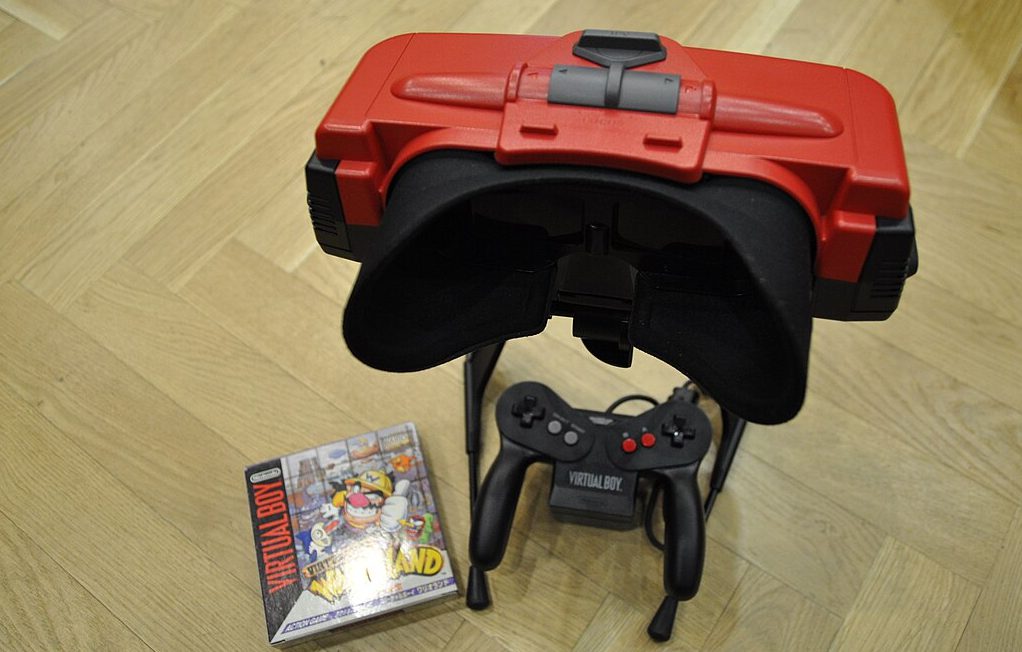
Premature technology consistently creates user nightmares as 1995’s Virtual Boy remains permanently museum-worthy for all the wrong reasons. The device demanded awkward tabletop positioning requiring genuinely uncomfortable postures and monochrome red displays against stark black backgrounds induced immediate physical discomfort universally.
Unfortunate consumers experienced splitting headaches, severe nausea, and general misery as market penetration barely touched 800,000 customers total—Delaware’s entire population enjoys vastly superior visual experiences. Management discontinued production within twelve painful months and the minuscule game library contained merely 22 titles total. Rushing unfinished technological innovations inevitably manufactures expensive industry cautionary tales.
The Virtual Boy remains infamous as one of Nintendo’s most disastrous ventures in both design and technology—joining a long list of notorious video game consoles that never lived up to their promises.
1. Backstabbing Sony

Corporate betrayals occasionally spawn unexpected industry giants, and this partnership proves definitively transformative as initial SNES CD collaboration began during late 1980s optimistically. Sony executives envisioned hybrid console supporting dual formats simultaneously until Nintendo secretly partnered with Philips during 1991 instead. Resulting CDI outputs became permanent gaming embarrassments.
Sony brilliantly converted rejection into powerful motivation, birthing the PlayStation empire while market dominance followed swiftly—spurned partners achieving ultimate corporate revenge. Control paranoia inadvertently manufactured gaming’s fiercest future competition as PlayStation reached 102.49 million households globally. This teaches one eternal business lesson: broken partnerships sometimes accidentally ignite rival dynasties permanently.






